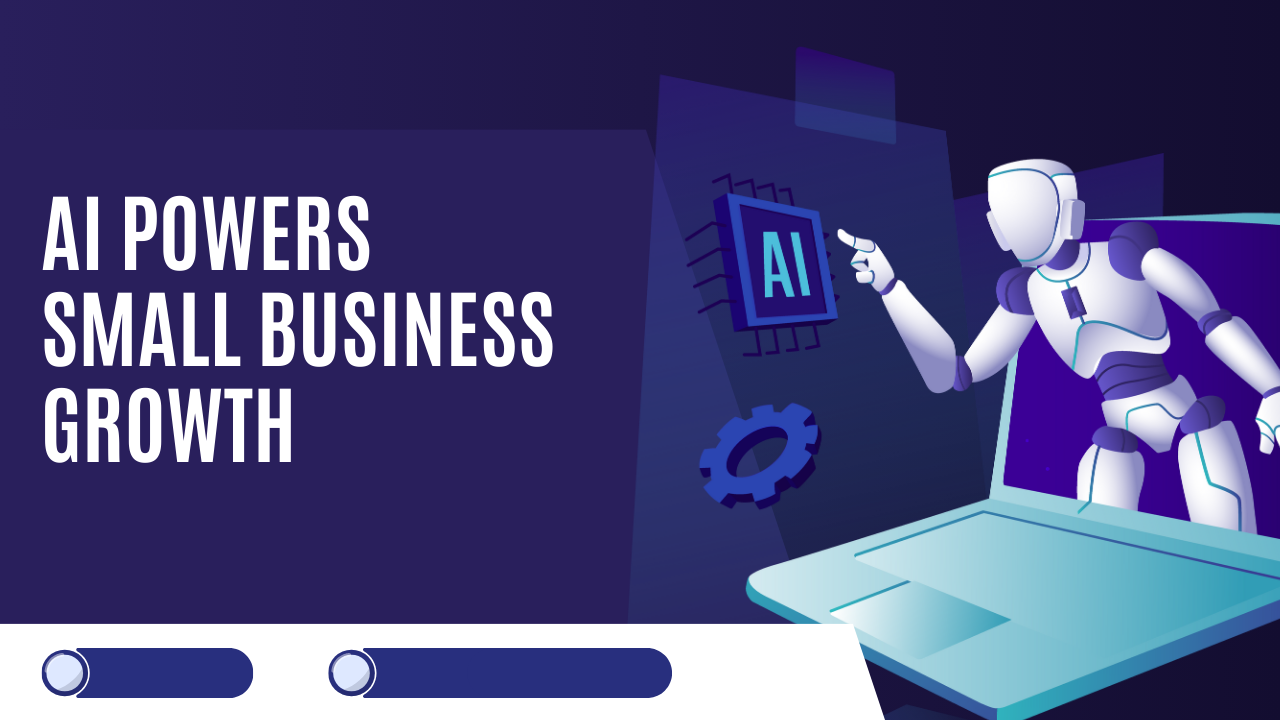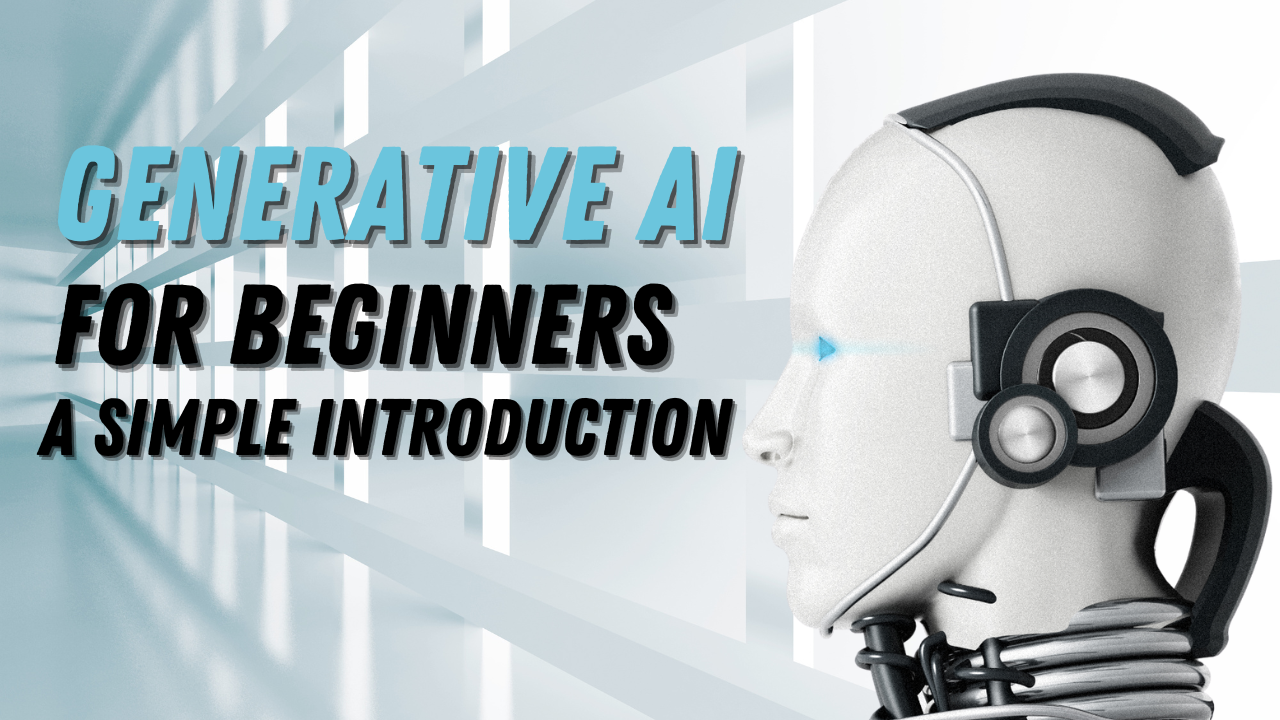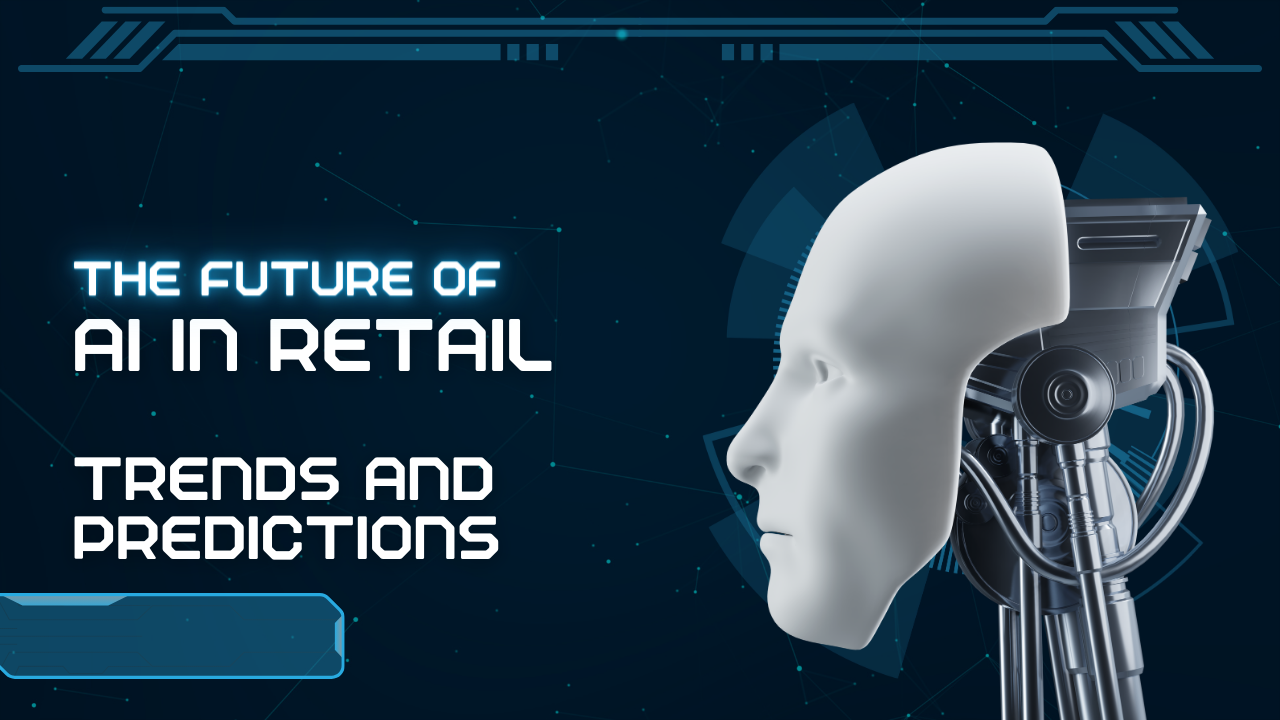AI Powers Small Business Growth
Introduction:Small businesses race to stay ahead in our digital age. AI helps small firms grow faster than those without it. Big companies no longer hog AI. Small shops can now afford and use AI too. We’ll show how AI can boost small firms. You’ll learn real ways to use AI, its perks, and how to start using it. Section 1: AI Basics for Small ShopsWhat is AI?: AI makes machines think and learn like people. It uses stuff like machine learning, language tech, and robots that work on their own.Historical Context: Big companies once hogged AI tech. It cost a fortune and baffled most folks. But things have changed. Current Trends: Small businesses are jumping on the AI bandwagon like never before. Recent studies show a bunch of them already use AI tools – and many more plan to hop on board soon. It’s not just a fad; it’s becoming the new normal for these smaller outfits. Section 2: Practical Applications of AI in Small BusinessesCustomer Service: AI chatbots and virtual helpers answer customer questions around the clock. They give quick replies and let human workers focus on tricky problems. Marketing: AI boosts marketing plans with custom content future guessing, and customer sorting. AI tools look at customer info to make targeted ads that click with specific groups. Sales: AI sales tools, like customer tracking systems, predict sales and send auto follow-ups. Sales teams use these to pick the best leads and seal deals faster. Operations: AI makes work smoother by doing boring jobs tracking stock, and fixing supply lines. This cuts costs and speeds things up.Section 3: Benefits of Implementing AIAI boosts efficiency: Employees tackle high-value work as AI handles routine jobs ramping up overall output. AI cuts costs: Small businesses save money through AI’s automation and fine-tuning freeing up cash for smart spending. AI sharpens decisions: Businesses gain deeper insights from AI analytics leading to smarter choices about operations and customer habits. AI wows customers: People love personalized interactions from AI. It cranks up satisfaction and keeps folks coming back. Tailored suggestions and pinpoint marketing make the whole shopping experience a breeze. Section 4: How we Started with AIEvaluate Your Business Needs: Look at the company and spot areas where AI would shake things up. Maybe it’s customer service, marketing, sales, or day-to-day operations. Pick the Right AI Tools: Do your homework on AI tools made for small businesses. Hunt for user-friendly, growth-ready options that won’t break the bank. Tips for Getting It Done: Follow a clear roadmap to bring in AI solutions. Kick off with small projects, mix AI into your current setup, and make sure your team knows how to use it. Real-World Examples: Check out how other small businesses nailed their AI game. These stories can spark ideas and show you what’s possible. Section 5: Hurdles and Things to Think AboutUpfront Costs: Bringing in AI means spending some cash at first. You’ve got the plan for these expenses and figure out if they’ll pay off in the long run.Data Privacy and Security: Keeping data safe and private matters when you use AI tools. Make sure your AI stuff follows the rules about protecting data. Ongoing Maintenance: AI systems need regular fixes and tune-ups to work their best. Think ahead about keeping them running smooth and up-to-date. Workforce Impact: People worry AI might steal jobs. Focus on teaching workers new skills instead. AI should work alongside humans, not replace them. Conclusion:AI provides several advantages to small businesses, including better efficiency, cost reductions enhanced decision-making, and improved customer interactions. Small business owners should explore AI and start with easy small projects to find new growth chances.










